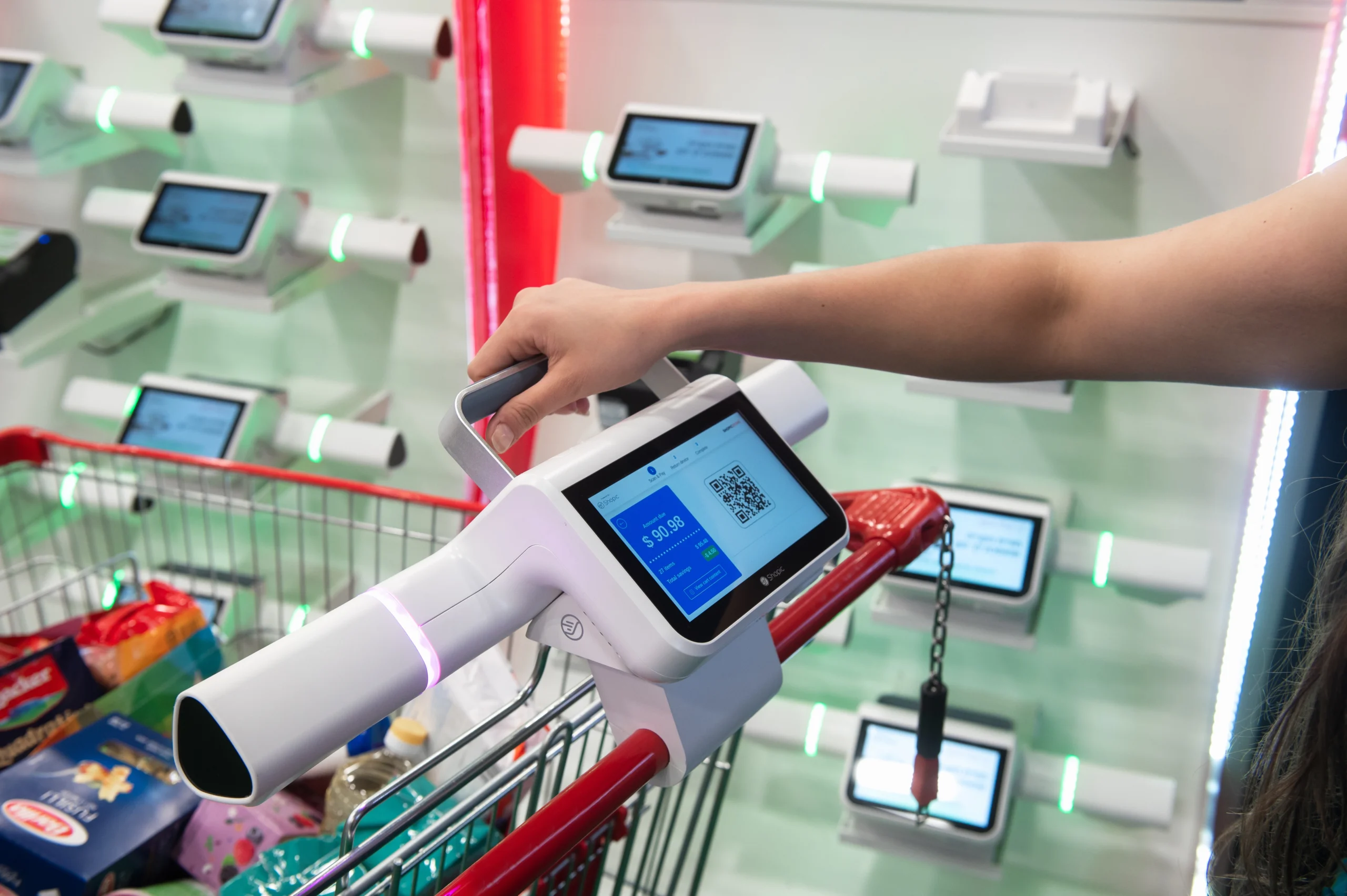
In our last post we shared some great techniques supermarkets are using to increase profitability with their smart cart. Those techniques helped grow sales through direct promotions.
In Part 2, we’re taking a slightly different approach. Rather than looking at promotions for specific items, we look at some of the strategies that supermarkets can implement through their smart cart.
Food waste is a huge problem for supermarkets around the world. American grocery stores throw out about 16 billion pounds of food every year. UK supermarkets throw out £230 million worth of food. This includes dairy and meat products that are past their sell-by date, wilting produce, and pastry items that are sellable for a day.
On-cart promotions can incentivize shoppers to purchase products that are still safe and edible but are nearing their sell-by or expiration date. For example, shoppers passing the bakery counter might receive a promotional ad with a discount that increases as the store gets closer to closing time. Shoppers walking near the bakery counter at 4 PM might be offered a 5% discount, while someone in the store at 9 PM might be offered a 50% discount.
These promotions help prevent food waste and allow supermarkets to recoup their investment rather than just throw the merchandise away. This promotional technique can be done with any product nearing the end of its sales life, although it might require some modifications to product packaging or special bar codes so that the smart cart can apply different prices to products that appear to be the same.
Product bundles and cross-sells are two popular online selling techniques that can be applied to supermarkets with smart carts and promoted through the on-cart display.
Some sale items are easy to configure and can help drive shoppers to purchase specific brands. When a shopper places a package of hot dogs into their cart, the promotion engine can choose to cross-sell a package of buns at a discount.
Similarly, the promotion engine can analyze historical POS data for the shopper to identify product types that are often bought together. Using that data, they can create product bundles at attractive prices and present those to the shopper as they walk through the store.
Bundling and cross-selling not only help increase the value of the cart, they also can be instrumental in reducing surplus inventory, building awareness for new brands or products, or driving shoppers to purchase a high-margin item.
These bundles can be effectively micro-targeted toward specific subsets of customers based on behavior or demographic information.


